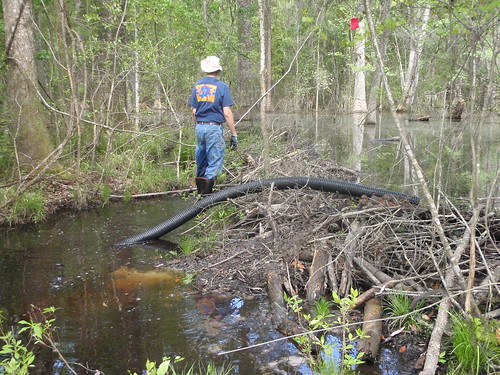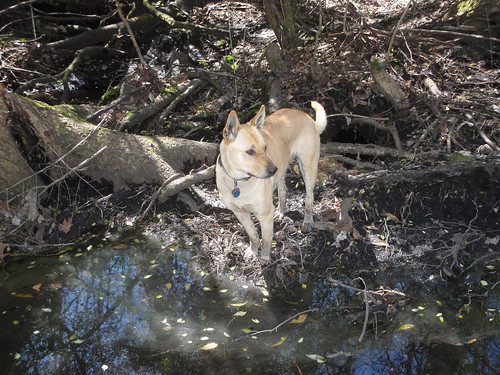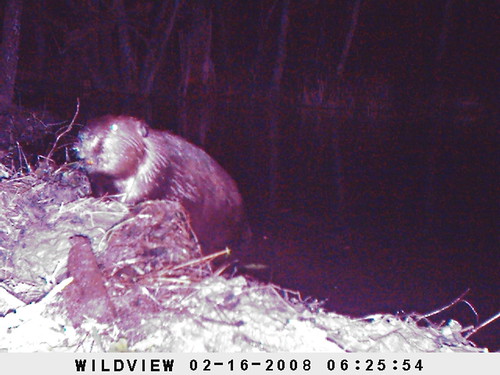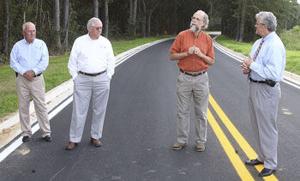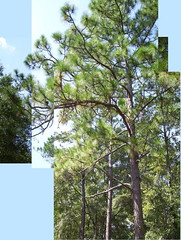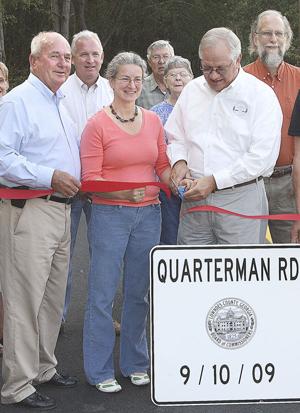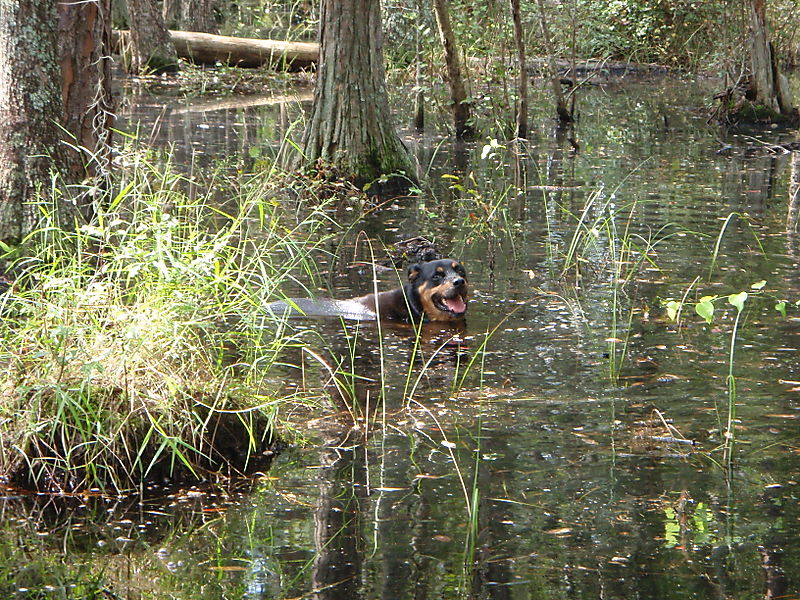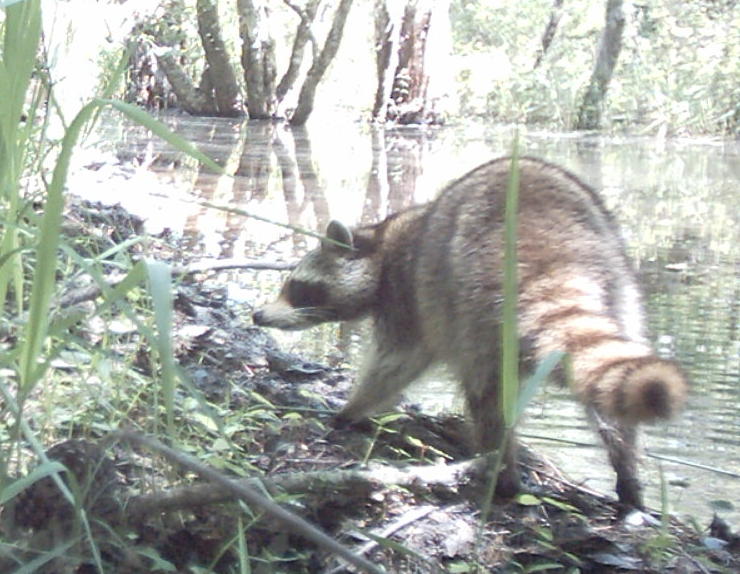 Martha Rosenberg writes in CounterPunch,
If You Liked Bovine Growth Hormone, You’ll Love Beta Agonists:
Martha Rosenberg writes in CounterPunch,
If You Liked Bovine Growth Hormone, You’ll Love Beta Agonists:
As much as twenty percent of Paylean, given to pigs for their last 28 days, Optaflexx, given to cattle their last 28 to 42 days and Tomax, given to turkeys their last 7 to 14 days, remains in consumer meat says author and well known veterinarian Michael W. Fox.Though banned in Europe, Taiwan and China–more than 1,700 people were “poisoned” from eating Paylean-fed pigs since 1998 says the Sichuan Pork Trade Chamber of Commerce– ractopamine is used in 45 percent of US pigs and 30 percent of ration-fed cattle says Elanco Animal Health which manufactures all three products.
What effects could these drugs have?
According to Temple Grandin, Professor of Animal Science at Colorado State University, the “indiscriminant use of Paylean (ractopamine) has contributed to an increase in downer non-ambulatory pigs,” and pigs that “are extremely difficult to move and drive.” In Holsteins, ractopamine is known for causing hoof problems, says Grandin and feedlot managers report the “outer shell of the hoof fell off” on a related beta agonist drug, zilpateral.A article in the 2003 Journal of Animal Science confirms that “ractopamine does affect the behavior, heart rate and catecholamine profile of finishing pigs and making them more difficult to handle and potentially more susceptible to handling and transport stress.”
Surely such animal drugs would have no effects on human? Well, except they’re used to treat children for asthma. Not the sort of thing you really want in the food and water supply.
Rosenberg asks how did this happen, and points out the answer: massive lobbying by big agribusiness.
The FDA’s approval of a drug for food that requires impervious gloves and a mask just to handle is reminiscent of the bovine growth hormone debacle.
And in that debacle, Monsanto didn’t just lobby the FDA, it lobbied the press, including making Fox rewrite a story 80 times.

